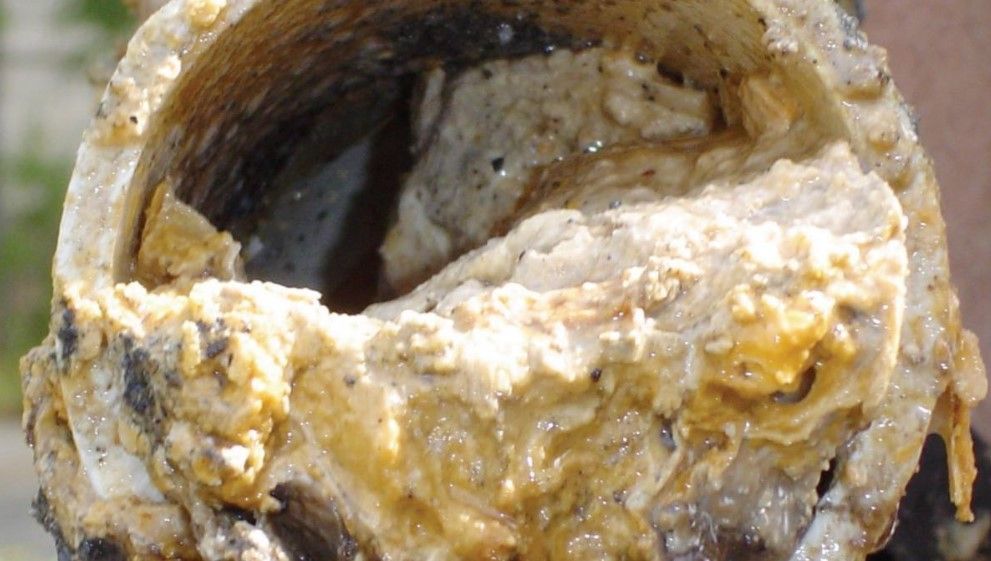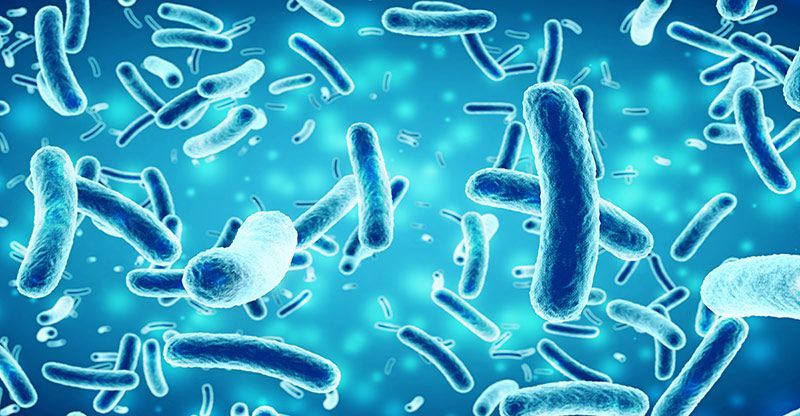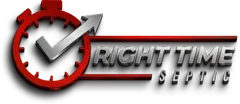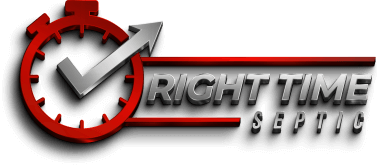What is a Main Line Clog?
Main Line Clog or Septic Backup

A main line clog or septic line backup r efers to a blockage in the main sewer line that connects a home's plumbing system to the septic tank. This can lead to serious plumbing issues and potential damage if not addressed promptly. The main sewer line is a crucial component of a plumbing system, responsible for transporting wastewater away from the building into the septic tank.
Common causes of main line clogs or backups include:
- Tree Roots: Tree roots can infiltrate and grow into sewer pipes, causing blockages.
- Grease and Fat Buildup: Accumulation of grease, fats, and other debris can narrow the sewer pipe diameter, leading to clogs. (This is a common one)
- Foreign Objects: Flushing inappropriate items down the toilet or allowing debris to enter the drains can contribute to clogs.
- Collapsed or Damaged Pipes: Older pipes made of materials like clay or cast iron can deteriorate over time, leading to collapses or damage that causes blockages.
- Poor Installation: Incorrectly installed pipes or improper slope in the main line can result in drainage problems.
Signs of a main line clog or backup include:
- Multiple Drain Clogs: If multiple fixtures (toilets, sinks, showers) are clogged simultaneously, it may indicate a main line issue.
- Gurgling Noises: Unusual gurgling sounds coming from drains can signal a blocked main line.
- Slow Draining Fixtures: Water draining slowly from multiple fixtures can indicate a partial blockage in the main line.
- Sewage Backup: The most serious sign is sewage backing up into toilets, sinks, or tubs.
If you suspect a main line clog or sewage is backing up into your home, it's essential to contact Right Time Septic to assess and address the issue. Prompt action is crucial to prevent further damage and ensure the proper functioning of the Septic system.aph
At Right Time Septic, we are your source for professional septic repair, installation, pumping, and maintenance service. Contact us today for a FREE estimate.



